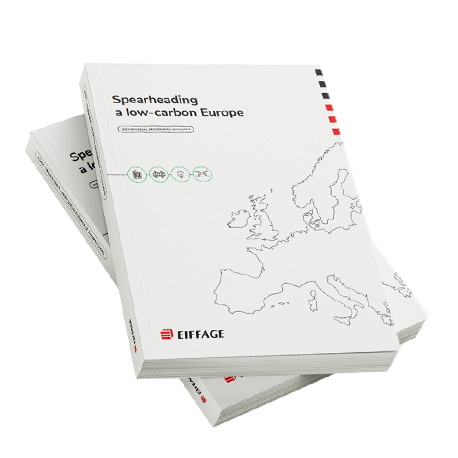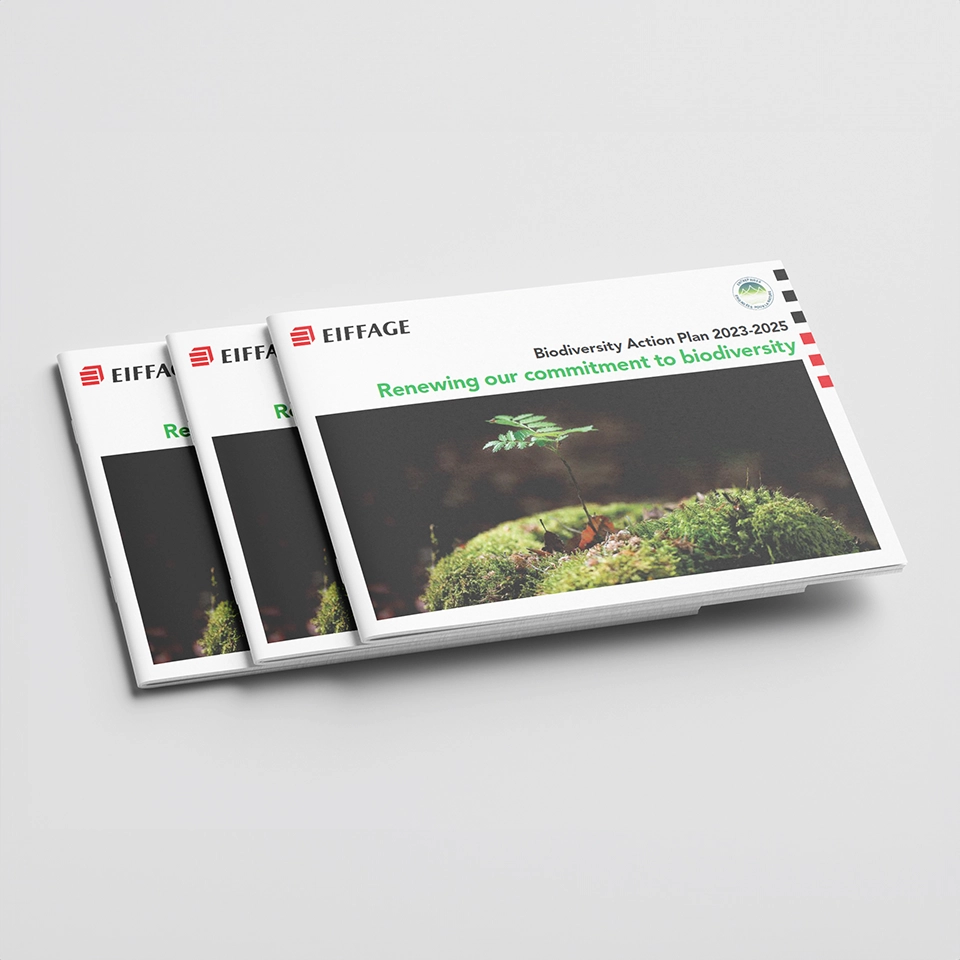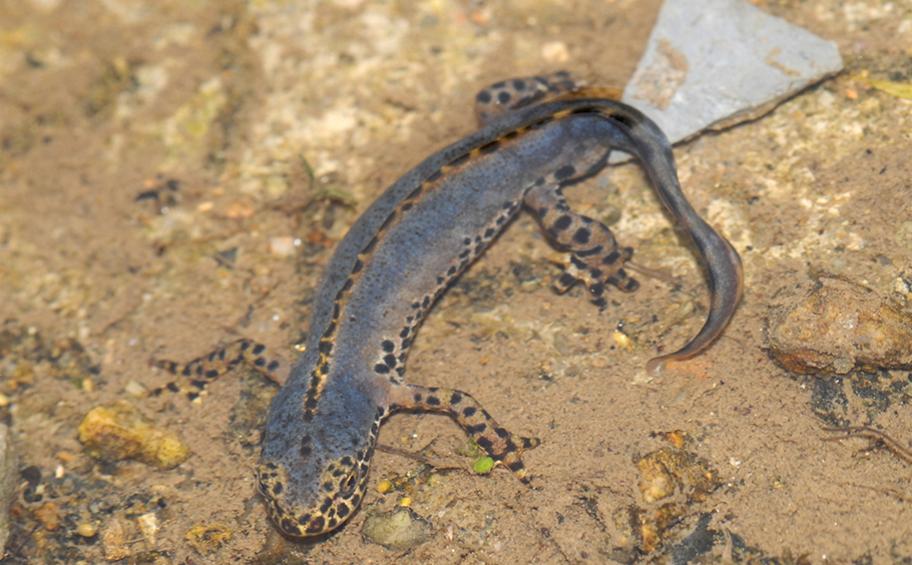
During the construction of the Bretagne-Pays de la Loire high-speed rail line (LGV BPL), steps were taken to prioritise the avoidance and reduction of impacts on wildlife, in order to protect existing populations of amphibians.
These species (newts, common toads, agile and green frogs, salamanders, etc.) migrate regularly to reproduce. These migrations mean they sometimes have to cross the rail transport infrastructure. Unlike human beings, who use various methods for getting their bearings when moving around, amphibians move slowly and gradually using the refuge areas that they find. So ponds and environment-friendly water structures have been created to enable them to cross from one side of the line to the other using the routes identified during environmental studies.
One of the main themes of the environmental study is to assess the “physical” insertion of the line into the region and to provide greater knowledge about the interactions between the infrastructure and biodiversity, especially the animal species.
To carry out these analyses, we have joined with the Montpellier École Pratique des Hautes Études and Guillaume Testud, a doctoral student, who, since January 2017, has been carrying out a field study as part of his thesis, measuring the journeys of certain species of amphibians along the rail line, and assessing the effectiveness of the various crossing structures put in place.
He has studied the behaviour of the amphibians when they come into contact with the structures, measuring avoidance, reduction and compensation in 5 sectors: Brielles (35), Le Pertre (35), Beaulieu-Sur-Oudon (53), Chantenay-Villedieu (72) and Lombron (72).
One of the main areas of study for the thesis concerns effectiveness of the steps taken to protect the viability of the amphibian populations in connection with construction of the LGV BPL.
Three phases were carried out in 2017, 2018 and 2019. Two monitoring techniques were used during these three phases:
- Capture-mark-recapture which enables the movements of individual animals through the landscape to be understood and the intermingling of populations to be identified.
- “Homing” which consists in analysing the behaviour of individual animals in the crossing structures, a technique which has very rarely been used on this operational scale.
The results show, for example, that when newts change their reproduction site, they mainly stay on the same side of the high speed line and do not use the wildlife or water crossings very much. A sound effect (the call of a male or female) improves the chances of success of the crossings under the line, and there is a greater improvement still if linking ponds are created on either side.
Monitoring is under way this year, 2021, and also consists in finding out what influence the presence of substrate in the structures has on the movements from one side of the high-speed line to the other.
-
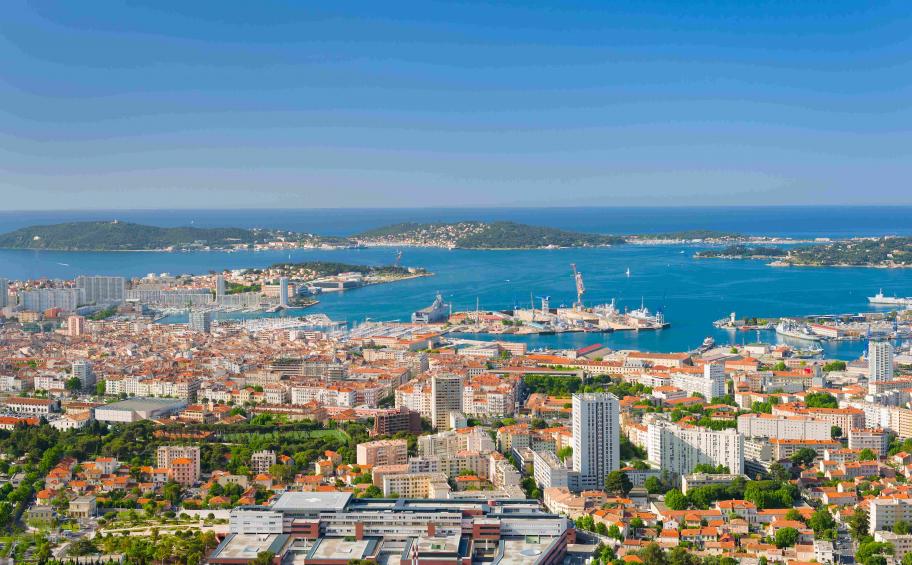 30.11.2023Eiffage and Sodeports signed the concession contract...The Métropole Toulon Provence Méditerranée awarded the consortium formed by Eiffage Concessions and Sodeports for the contract for the refurbishment, development,...
30.11.2023Eiffage and Sodeports signed the concession contract...The Métropole Toulon Provence Méditerranée awarded the consortium formed by Eiffage Concessions and Sodeports for the contract for the refurbishment, development,... -
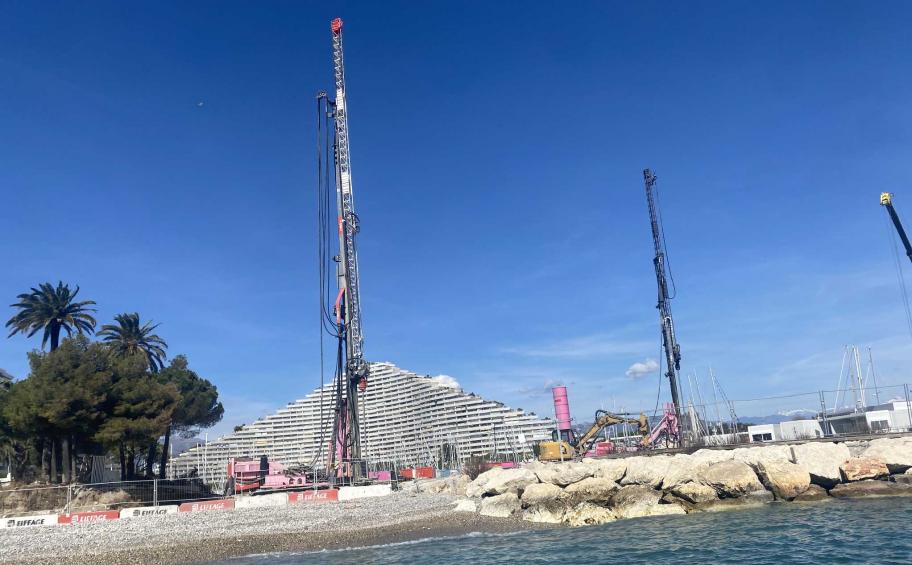 30.03.2023Cœur Marina, works commencingOperational construction is about to commence at the worksite for the new Marina Baie des Anges harbour due for delivery in 2025, and the construction camp was set...
30.03.2023Cœur Marina, works commencingOperational construction is about to commence at the worksite for the new Marina Baie des Anges harbour due for delivery in 2025, and the construction camp was set... -
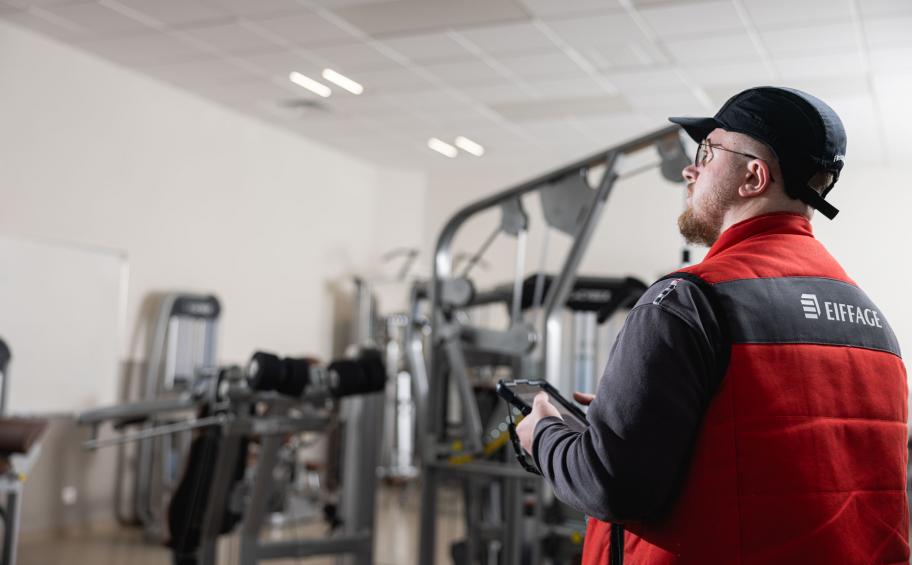 29.03.2023Two applications to improve safety in the building...Final Safe and Acciline
29.03.2023Two applications to improve safety in the building...Final Safe and Acciline
